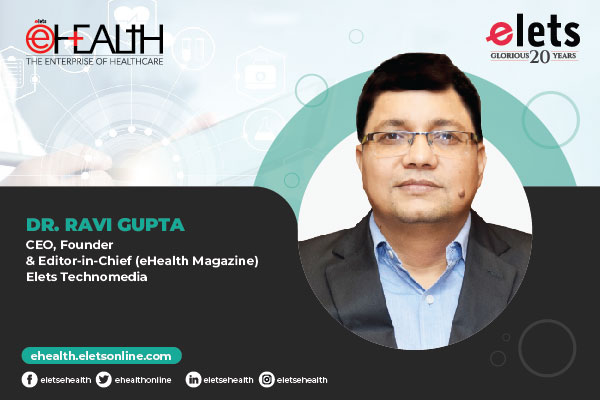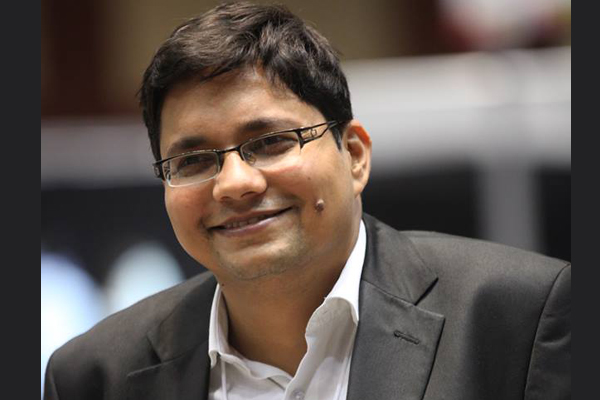While medical sciences have extensively enlarged its knowledge pool over the last few decades, healthcare delivery continued to become ever more complex, costlier and in some cases, even cumbersome.
Most experts predict that IT and automation technologies are what will drive the much required transformation in healthcare and untangle it from intertwined cobwebs of myriad clinical procedures, ever widening treatment options, often unpredictable health outcomes and increasing pressure on human, financial and material resources required for care delivery.

Arguably, the need also lies in making IT solutions more contextual for healthcare. While some of the functional areas are alike any other industry, clinical context of healthcare is what makes it somewhat typical, requiring specialised approach in designing solutions.
Health IT providers across the globe are increasingly focusing on this aspect of their development effort and progressively investing in this direction. Moving ahead from traditional solutions for hospital management and patient monitoring, the focus is shifting more towards ‘interoperable solutions’, ‘patient-centric integrated EMRs’, ‘clinical decision support systems’ and ‘business intelligence’ for healthcare. In near future, each of these will emerge as essential elements of overall IT framework of healthcare enterprises and spearhead the ‘archetypal’ transformation.
In a landmark development of collaborative work between IBM, Google and Continua Health Alliance, a new open standards-based software will soon be made available for facilitating remote personal health monitoring via online patient health records platforms, such as, Google health. This is certainly a step forward to make the concept of universal health records a reality. The new software promises to have the ability to connect with majority of such devices and upload patient data directly into any online PHR platform. The biggest advantage of this probably lies within its potential to make routine patient monitoring possible outside hospital setting, and in the process, freeing up hospital resources for serving patients with more critical conditions.

Turning the focus from futuristic to basic and delving into technology-aided remote healthcare for rural areas, the phrase ‘healthcare transformation’ attains a different dimension. Under this context, it is all about bringing primary medicare to those who doesn’t have one. The need is more towards being able to provide ‘access’ to a doctor, rather than records. Interestingly enough, latest research indicates that healthcare condition of communities is directly proportional to the penetration of tele-connectivity channels (such as fixed telephone, mobile and Internet) available to those communities. Catch up with more insight into this topic in the cover story of this edition.
Hope you like the issue.
Be a part of Elets Collaborative Initiatives. Join Us for Upcoming Events and explore business opportunities. Like us on Facebook , connect with us on LinkedIn and follow us on Twitter , Instagram.








